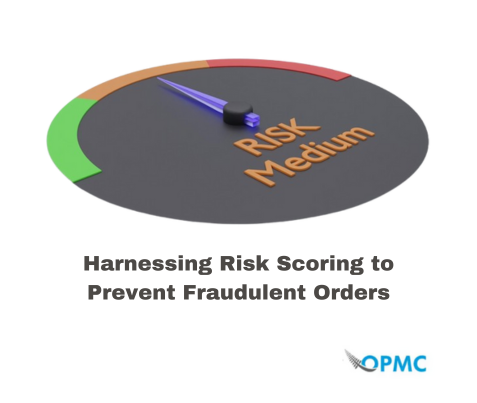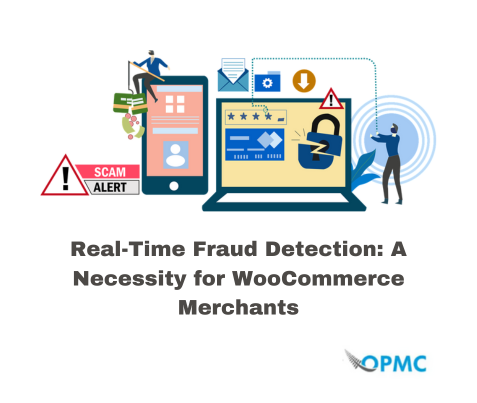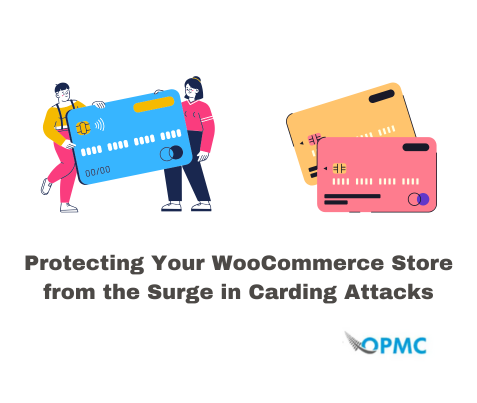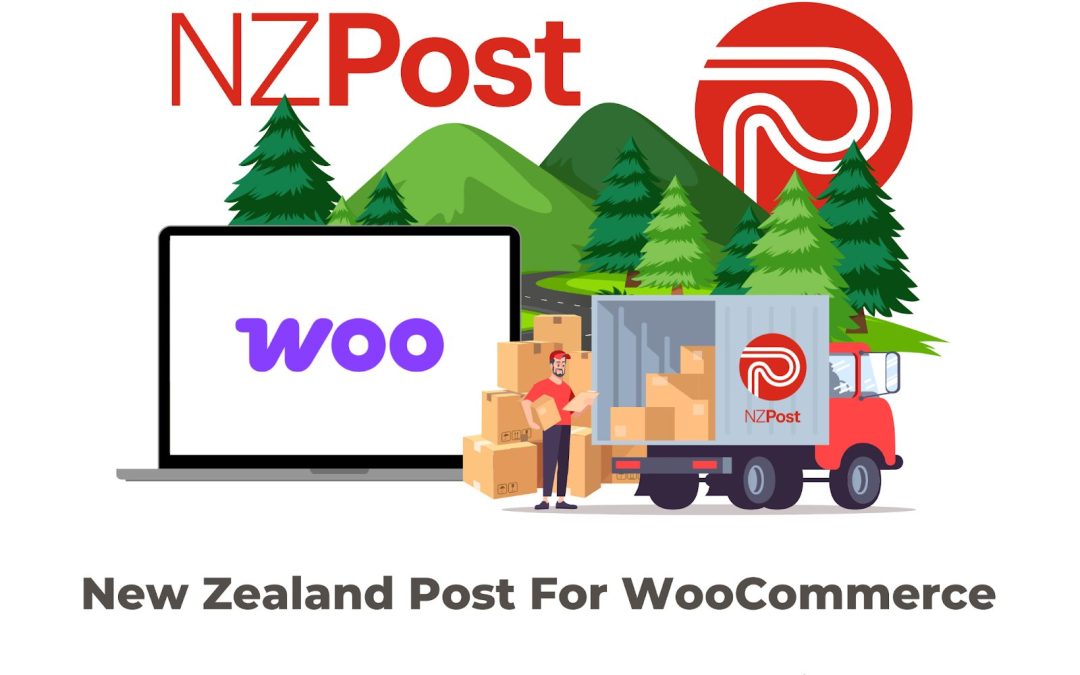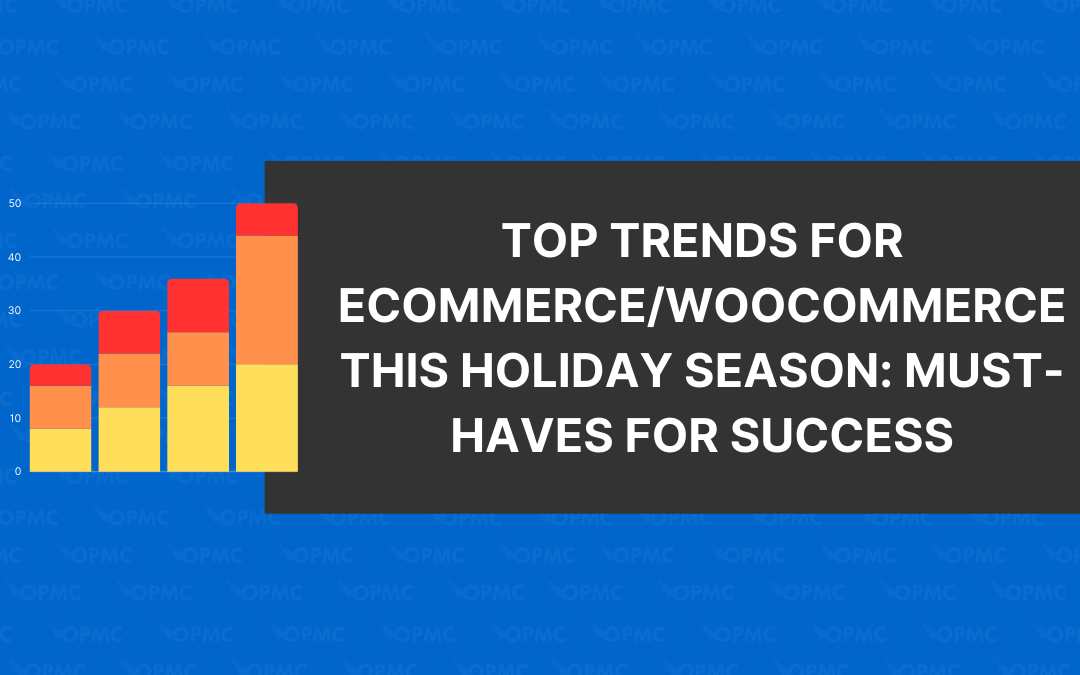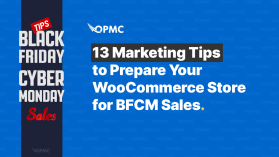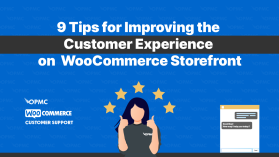A/B testing measures the success of different marketing and sales strategies by showing one group something that another group doesn’t see. You then compare the results between both groups to determine which method was most effective at generating sales, leads, or whatever your goal may be. This is a critical strategy for running an ecommerce business. You need to know what kind of product description is better than another or which PPC ad will bring in more leads based on things like images, time of day, and geographic regions. The data you receive could drastically impact your future success.
What is A/B Testing?
A/B testing is a way to compare two versions of a set idea or initiative to see which one performs better. You can use A/B testing to compare different images, text, or CTA buttons.
A good example of this is an ecommerce store selling t-shirts that have the same design on both sides but with different colours on each side (the “A” and “B” versions). The site would then show one version for half of its visitors and another version for the other half.
Over time it will track how many people buy each shirt based on which colour was shown on their screen at checkout time. If they see more sales from one colour over another, then they’ll know that particular choice won’t work well in future campaigns or updates.
How to A/B Test Your Ecommerce Store
Choosing what to test is one of the most critical steps in your A/B testing process. It’s also one of the most challenging decisions to make because there are so many things that could be improved on an ecommerce website. But you have to start somewhere, and it’s better to start with small changes rather than large ones because small changes are easier to analyse and measure.
The basic process involves:
- Step 1 – determine what it is you want to test (ads, landing pages, images, etc.).
- Step 2 – create a hypothesis of what you think will be the outcome to compare against.
- Step 3 – create variations of the original with enough difference to be noticeable to your target market.
- Step 4 – choose a sample size for comparison and assign variations to them.
- Step 5 – Run the test and then analyse the data that is generated to make a well-informed decision.
- Step 6 – Implement the change, then review your results, and then make adjustments for future A/B testing.
Examples of A/B Tests in Ecommerce
A/B testing is a great way to improve your website’s performance and increase revenue. It can be used to test different product descriptions, images, CTAs, pricing strategies, and more. Things you may want to try testing include:
Product Descriptions:
You can try out different ways of describing your products and see which one works best. For example, you might have two versions of a description: “This shirt is made from 100% organic cotton” versus “This shirt will give you superpowers.” Which one do you think will be more appealing?
Different Images:
In ecommerce, it’s important to know what type of images are most appealing to your target audience. This can be done through A/B testing by comparing two different images and seeing which one performs better in terms of conversion rate (the number of sales generated divided by the number of visitors).
Calls to Action (CTA):
You should also know that there are many different types of calls to action. The most common ones are the button, link, and button with a link. You can test these three different types to see which one converts better for your business.
Pricing Strategies:
A/B testing is an effective way to test different pricing strategies and find the best one that can help you increase sales. This includes running discounts, shipping promotions, and more.
Different Content:
This isn’t just web copy. It can be various cold emails or even types of social media content you create.
Ads:
This is probably the most important A/B test to run because you want to spend the least on ads with the greatest results.
Landing Pages:
The best way to track two different landing pages is the bounce rate. This is how long your customers stay on a page or navigate to other content in your website ecosystem based on the quality of your landing page.
Best Practices for A/B Testing in Ecommerce
When it comes to A/B testing in ecommerce, there are a few best practices that will help you get the most out of your experiments.
- Test one thing at a time: The point of A/B testing is to figure out what works and what doesn’t, so it’s important not to test more than one aspect of your website at once. If you’re running multiple tests at once, it’s harder for you or anyone else involved in analysing the results to determine which changes had an impact on sales or revenue.
- Ensure that you have enough sample size: You need enough data points to have a statistically significant difference.
- Continually iterate and test: A/B testing should be an ongoing process in your ecommerce business. As you learn from your tests, make changes to your website and test again to see if you can improve your results even further.
- Be patient: A/B testing takes time, and you need to be patient to get meaningful results. Don’t be tempted to end a test too early, as this can lead to inaccurate conclusions.
- Keep it simple: Don’t overcomplicate your A/B tests. Keep them simple and focused on one element at a time. This will help you get meaningful results and avoid confusion.
Have Quality Customer Support for Feedback
You also need to be able to act on customer feedback. If a customer tells you that they are not satisfied with something, you need to be able to respond and fix it. This requires continuous improvement to keep up with the changing needs of your customers.
Finally, communication with customers is crucial when it comes down to A/B testing. You need to make sure that whatever messages or content you put out there is communicated properly so that people understand what’s going on without losing them along the way (or, worse yet, making them angry).
That is why we strongly suggest installing our Customer Support for WooCommerce plugin. This way, you boost your ecommerce store with 24/7 support to drive better conversions while also logging critical information about A/B tests you are running that you may miss via other data resources like analytics or bounce rate.
Conclusion
A/B testing is a great way to improve your ecommerce store, and it doesn’t have to be complicated. The key is to start with one thing at a time and make sure you have enough data before moving on to the next test. If you’re unsure about what to test first or how best to do so, start small with an image or product description, wait for a month, and see how things change.
Be sure to install our Customer Service for WooCommerce plugin in the meantime, so you have an active pathway of communication with your leads to make adjustments to any A/B test or the overall user experience with your ecommerce store.
Download Customer Support for WooCommerce today
This plugin will help you boost your ecommerce store with 24/7 support to drive better conversions

